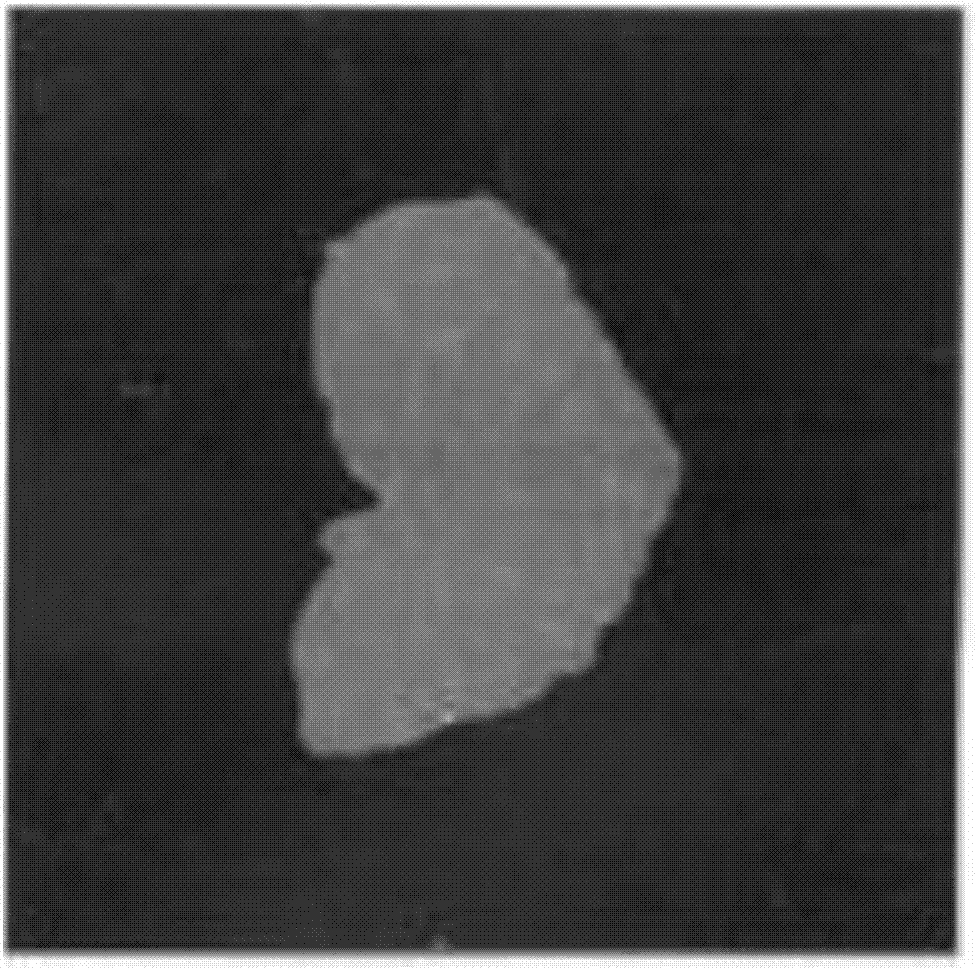Two dimensional visualization method of fMRI data based on popular learning algorithm
A popular learning and data technology, applied in the field of biomedical image pattern recognition, to achieve the effect of high stability, high efficiency and stability
- Summary
- Abstract
- Description
- Claims
- Application Information
AI Technical Summary
Problems solved by technology
Method used
Image
Examples
Embodiment Construction
[0035] The specific implementation of the present invention will be described in further detail below in conjunction with the accompanying drawings and examples. The following examples are used to illustrate the present invention, but are not used to limit the scope of the present invention.
[0036] A method for 2D visualization of fMRI data based on popular learning algorithms. The specific implementation steps are as follows:
[0037] Step A: Raw Data Construction
[0038] Read the Broadman template data matrix, and extract the coordinates of voxel points belonging to the 17-19 functional area (that is, find out the spatial positions of all voxel points with values 17, 18, and 19 in the read three-dimensional matrix). The spatial coordinates of these voxel points and the numbers of brain regions are formed into an m*4 matrix (m is the number of extracted voxels). Take this matrix as our input original data set X={x 1 , x 2 , x 3 ,...,x n} T , where x i =(ri ,p i ...
PUM
 Login to View More
Login to View More Abstract
Description
Claims
Application Information
 Login to View More
Login to View More - R&D
- Intellectual Property
- Life Sciences
- Materials
- Tech Scout
- Unparalleled Data Quality
- Higher Quality Content
- 60% Fewer Hallucinations
Browse by: Latest US Patents, China's latest patents, Technical Efficacy Thesaurus, Application Domain, Technology Topic, Popular Technical Reports.
© 2025 PatSnap. All rights reserved.Legal|Privacy policy|Modern Slavery Act Transparency Statement|Sitemap|About US| Contact US: help@patsnap.com



